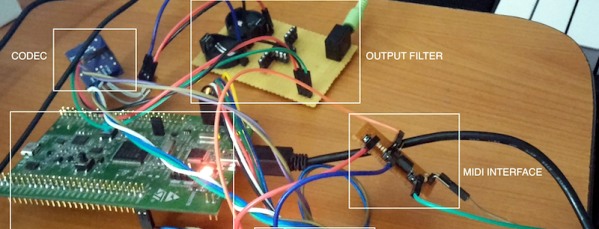Scientific improvements that create industries and save millions of lives often come at a price that isn’t revealed until much later. Leaded gasoline helped the automobile industry take off and synthesized Freon extended the lifespan of lifesaving vaccines, but they took an incredible toll on the environment.
Both were invented in the early 20th century by Thomas Midgley, Jr. After graduating from Cornell in 1911 with a degree in mechanical engineering, he worked briefly for National Cash Register where inventor Charles Kettering had just created the first electronic till. In 1916, Midgley started working for Kettering at Dayton Metal Products Company, which soon became the research division of General Motors.
Continue reading “Thomas Midgley, GM, And The Dark Side Of Progress”














